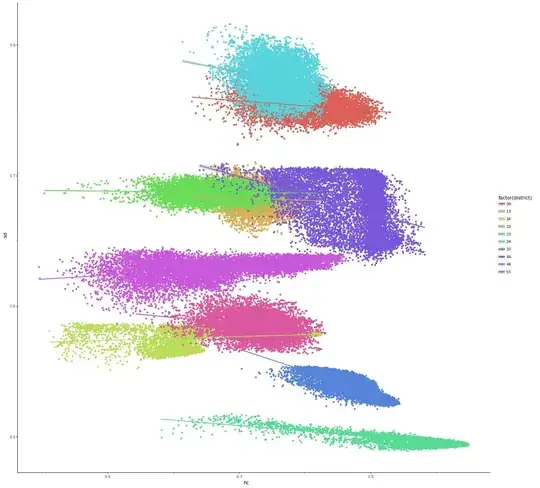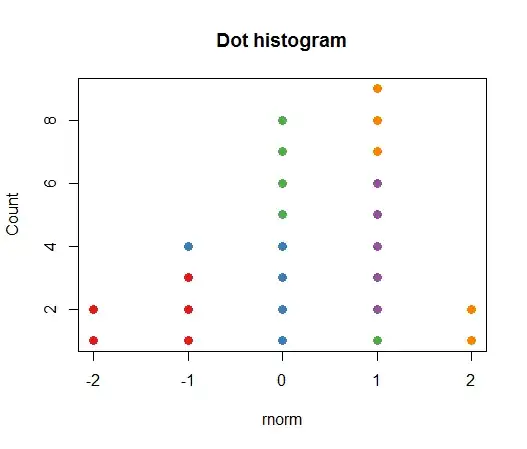I have a correlation between X and Y for different groups (they are states in the US, fwiw):
I'd like to make some claim about the aggregate correlation: something like "Overall, as X increases, Y decreases." Prima facie this seems like a reasonable claim to make as most of the individual correlations are downward-sloping.
However, I can't simply aggregate and regress all of the points: this would be committing the ecological fallacy, and give me an overestimate of the overall effect:
How can I perform some meaningful and "kosher" statistical analysis here? There must be something I can meaningfully conclude. I thought of using an arithmetic mean of each individual regression line, or running the regression while controlling for state. This question seems to be related, but I can't figure it out.

